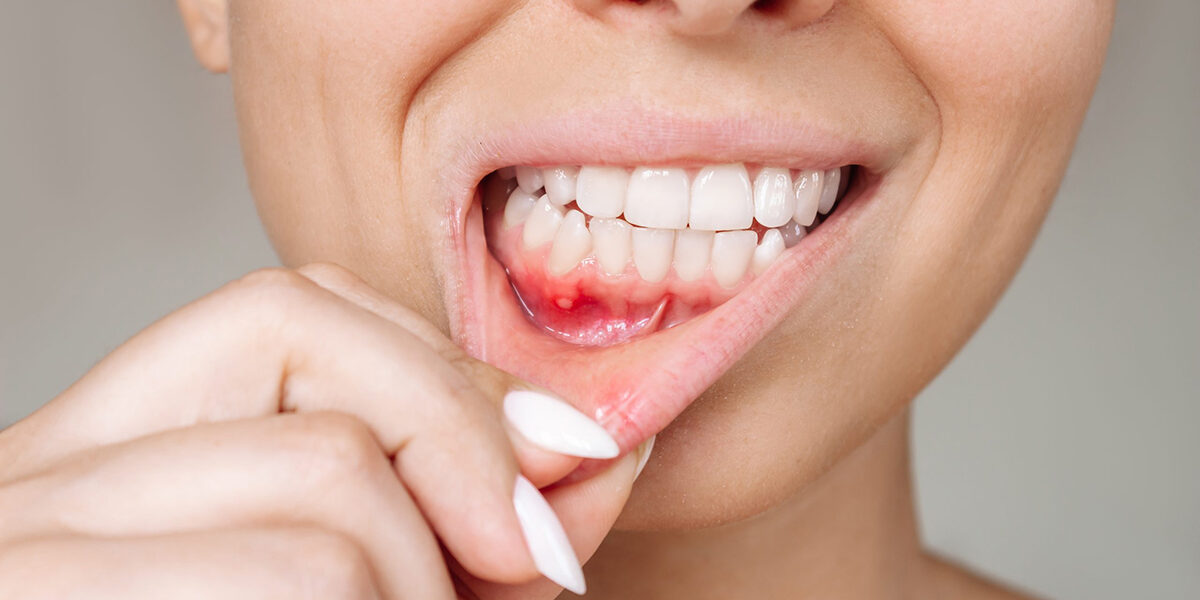What Type of Toothpaste Is Good To Help Prevent Gum Disease?
Maintaining good gum health is essential for overall oral hygiene since, if left untreated, gum disease can cause serious health problems.
Using the proper toothpaste is one of the best strategies to avoid gum disease. It can be difficult to choose the best toothpaste with so many alternatives. In addition to offering some excellent toothpaste brands to think about, this blog will walk you through the key components that help prevent gum disease.
Knowing About Gum Disease
Gum disease, also known as periodontal disease, is a common ailment that impacts the tissues around the teeth and the gums. Plaque accumulation, a sticky layer of germs at the gum line, is the main cause of it. To maintain the best possible oral health, it is essential to comprehend the basics of gum disease. Here are a few key points:
Gingivitis, which results in red, swollen gums that may bleed when brushing or flossing, is the first stage of gum disease.
Gingivitis can develop into periodontitis, a more serious type of gum disease that can harm the gums and underlying bone permanently, if left untreated.
Gum disease risk factors include poor oral hygiene, smoking, hormonal fluctuations, certain drugs, and genetic predisposition.
Changes in bite alignment, loose or moving teeth, receding gums, and persistent bad breath are some of the symptoms.
In addition to being a problem for oral health, gum disease is associated with systemic diseases like diabetes, heart disease, and respiratory infections.

Essential Components in Toothpaste to Prevent Gum Disease
The secret to keeping gums healthy and avoiding gum disease is selecting the appropriate toothpaste. The following are some crucial components to search for:
Fluoride: This mineral guards against decay and fortifies tooth enamel. Although fluoride is commonly linked to preventing cavities, it also promotes general dental health by inhibiting bacterial development, which helps shield the gums from damage.
Antibacterial Agents: By killing bacteria, toothpaste containing antibacterial ingredients like triclosan or essential oils (like tea tree oil) might lower the risk of gum disease and plaque accumulation.
Anti-inflammatory Agents: Components with anti-inflammatory qualities, such as baking soda, zinc citrate, or stannous fluoride, lessen gum inflammation and support gum health.
Desensitizing Agents: Substances like potassium nitrate or strontium chloride can help reduce the discomfort brought on by periodontal disease in people who have gum recession and sensitivity.
Tartar Control Agents: Gum disease may be exacerbated by tartar, or hardened plaque. Gum disease risk is decreased and tartar accumulation is avoided with toothpaste that contains tartar control ingredients like zinc citrate or pyrophosphates.
Herbal Extracts: Anti-inflammatory and antibacterial properties of herbal extracts, such as those found in chamomile, aloe vera, or green tea, promote gum health and lower the risk of gum disease.
Although these substances are helpful, it’s crucial to keep in mind that regular dental checkups, flossing, and brushing twice a day are also necessary for successful gum disease prevention.
When choosing toothpaste, search for brands that have earned the American Dental Association’s (ADA) Seal of Acceptance and are especially made for healthy gums. Selecting the ideal toothpaste for your particular oral health requirements can also be aided by speaking with your reliable Oakstone Dental dentist.
Using Toothpaste Effectively to Prevent Gum Disease
Preventing gum disease requires proper toothpaste use. The following advice will help you get the most out of your toothpaste:
Use the Appropriate Amount: Fill your toothbrush with a pea-sized amount of toothpaste. Excessive use might produce too much foam, which makes cleaning more difficult.
How to Brush: Spend at least two minutes brushing your teeth twice a day. Clean all of your teeth’s surfaces with soft, circular motions, paying particular attention to the gum line, which is where plaque tends to build up.
Pay Attention to the Issues: Areas that are susceptible to gum disease, such the space between teeth and the gum line, require special attention. To get rid of plaque and stop irritation, make sure these regions are thoroughly cleaned.
Don’t Rinse Right Away: Spit out extra toothpaste after brushing, but do not immediately rinse your mouth. This enables the fluoride to keep shielding your gums and teeth.
Maintain Consistency: Maintain a consistent oral hygiene regimen that includes flossing at least once a day and brushing twice a day. The secret to avoiding gum disease is consistency.
Select the Correct Toothbrush: To properly and non-irritatingly clean teeth and gums, use a toothbrush with soft bristles and a tiny head.
Gum health depends on using the right toothpaste on a regular basis, along with good brushing habits and other preventative steps. You may avoid gum disease by choosing a toothpaste that contains important elements like fluoride and antibacterial agents. Keep in mind that healthy gums are the foundation of a good smile, so prioritize preventing gum disease in your oral hygiene regimen.
Final comment: Toothpastes high in fluoride are the best for fighting Gum Disease
Please Contact Us for more info at Oakstone Dental.


